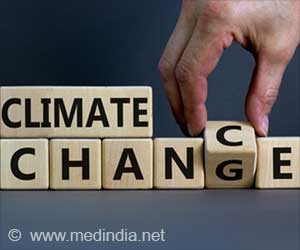Grassy biomes are key contributors to biodiversity and ecosystem services, and are under immense pressure from conversion to agriculture and tree planting.

To illustrate this forest bias and its consequences, the researchers reviewed the World Resources Institute and International Union for Conservation of Nature's Atlas of Forest Landscape Restoration Opportunities, created as a tool to achieve restoration of 150 million hectares of deforested and degraded lands by 2020.
The Atlas erroneously mapped nine million square kilometers as providing "opportunities" for forest restoration, the researchers said.
These errors arose largely because "the Atlas producers considered any non-forest area where climate could permit forest development to be deforested," the study said.
Problems such as this one, combined with the failure of United Nations environmental policymakers to recognize grassy biomes for protection, constitute a significant threat to biodiversity, Veldman and his coauthors wrote.
Highlighting the importance of grassy biomes' carbon storage capabilities, the authors stated that "where grassy biomes are protected, their largely belowground carbon stocks, which store as much carbon as forests do globally, are secure." In contrast, aboveground forest carbon storage may be vulnerable to release by fire or logging.
Advertisement
"So long as carbon stored in trees is valued above other ecosystem services, the conservation values of grassy biomes will remain threatened by agricultural conversion, fire exclusion, and ill-placed tree planting," cautioned the study that appeared in the journal BioScience.
Advertisement










